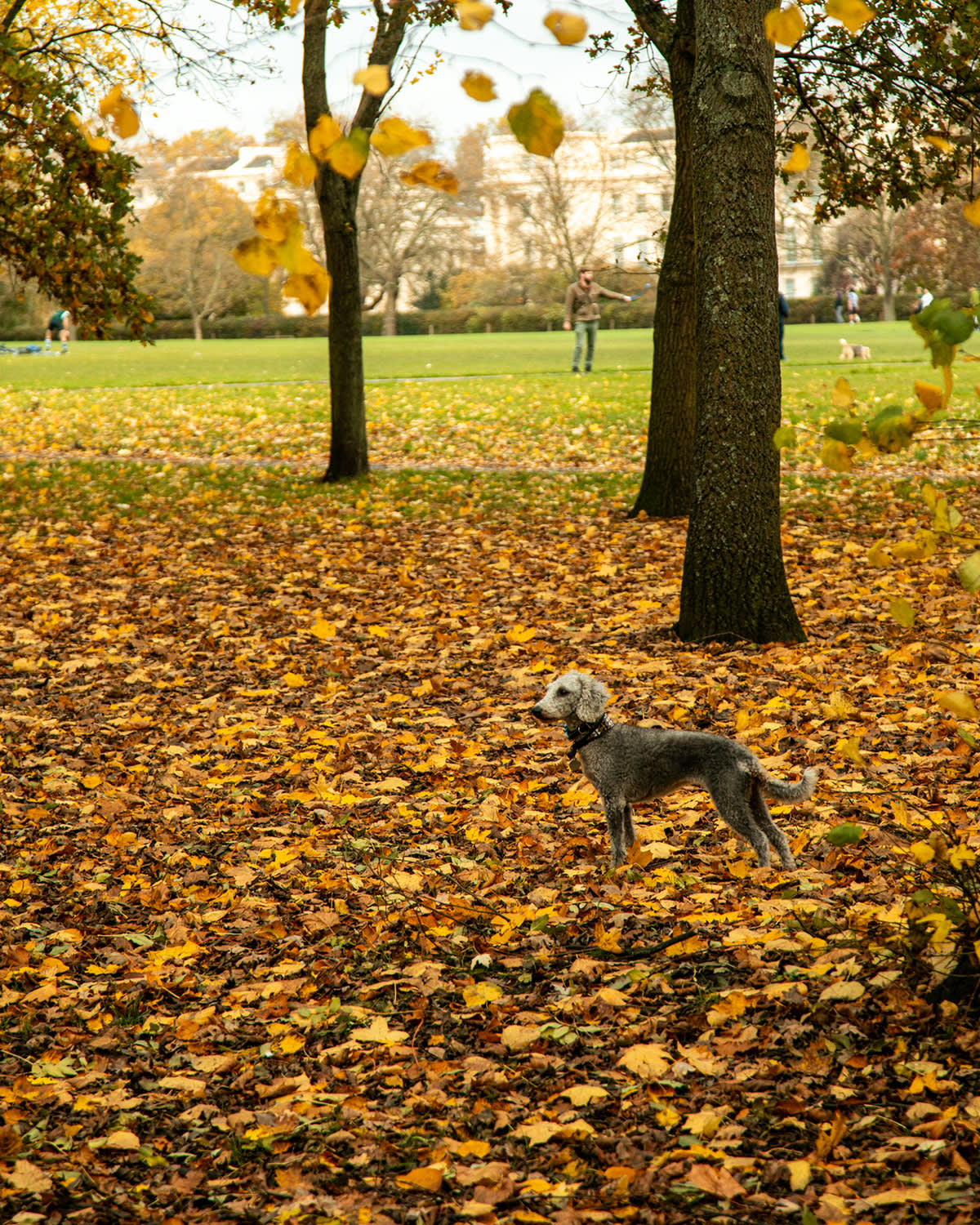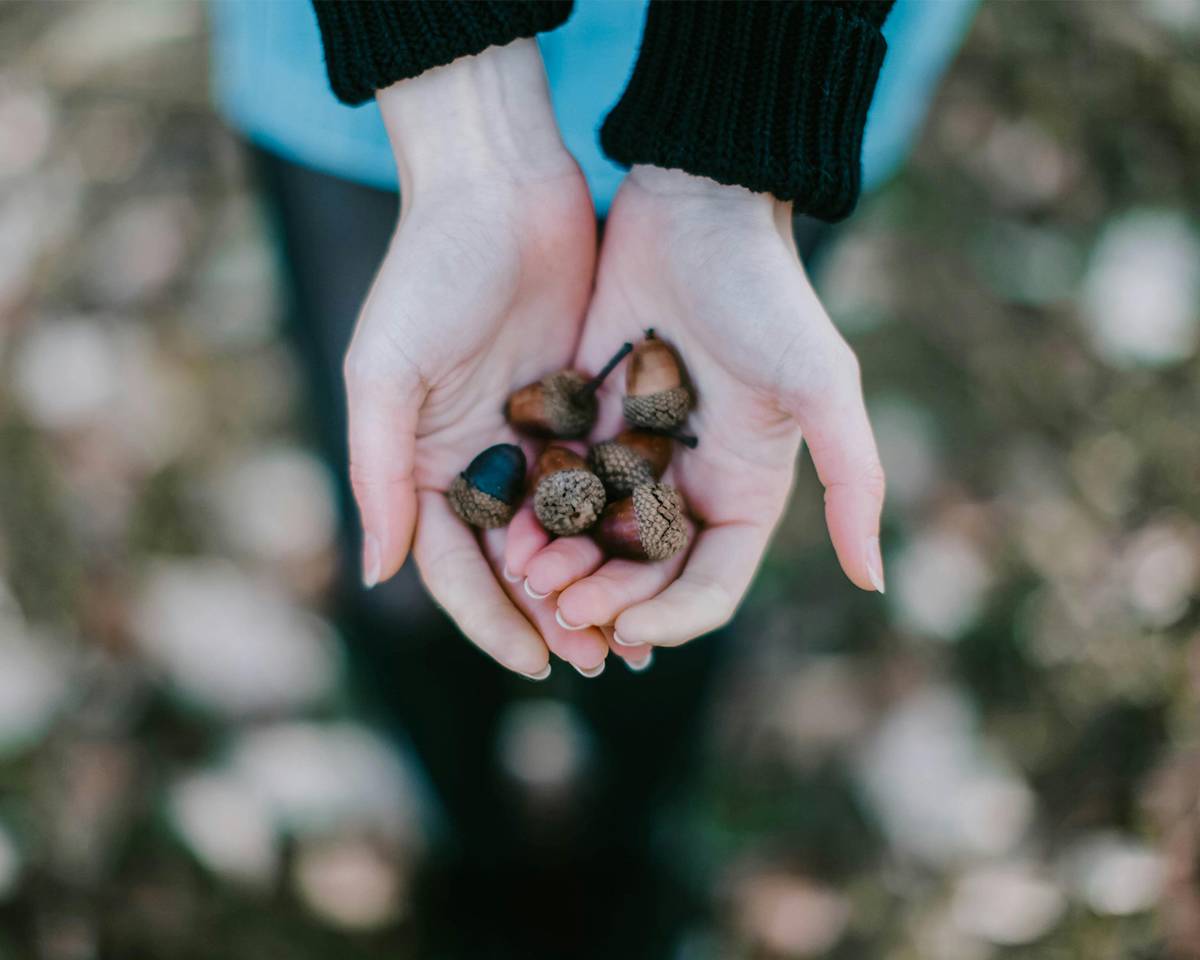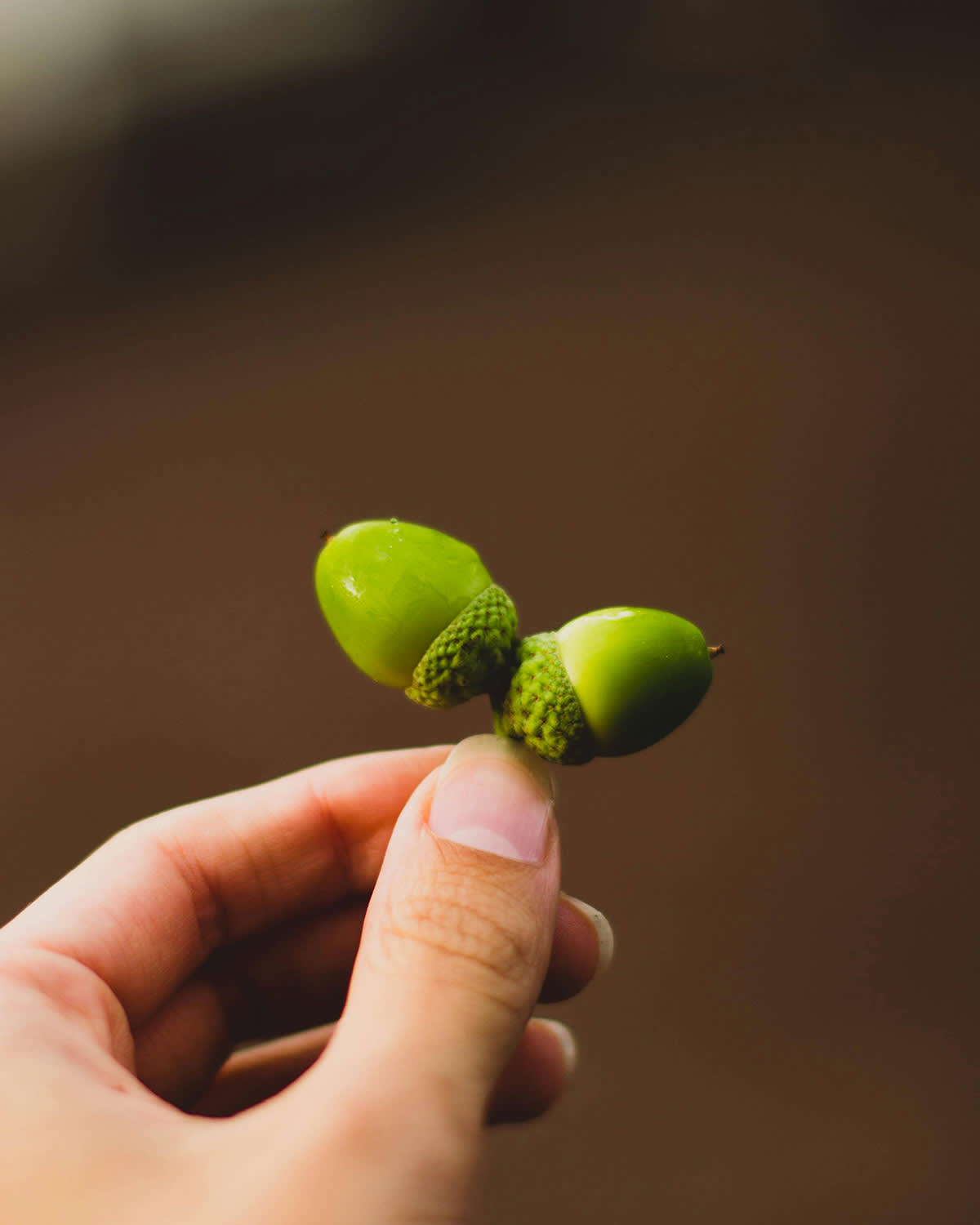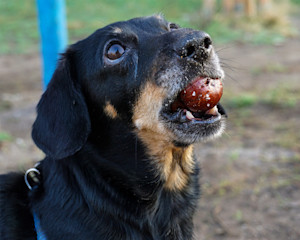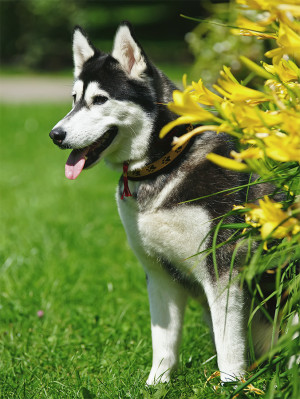Why Acorns Are Deadly For Dogs (And What to Do If They Eat One)
These autumnal staples can hide a toxic threat to your pup
It’s that time of year many adore, when dazzling autumn colours surround us, darker nights draw in and crisp mornings take us by surprise. Our canine companions seem to share our excitement, breathing in the fresh air and bounding into every walk with enthusiasm. As they race through golden leaves and sniff along the ground, there’s one autumn regular that we need to pay closer attention to: the acorn.
While they may seem harmless, these seasonal nuts (along with conkers) can pose hidden risks and be surprisingly dangerous. Find out why acorns can be dangerous for dogs, what symptoms to look out for and how you can keep your loyal pup safe during those cherished autumn walks.
Are acorns poisonous to dogs?
Yes, acorns can be poisonous to dogs. They contain tannins, which may cause stomach upset, vomiting and diarrhoea, and in larger amounts can lead to serious complications such as kidney or liver damage. Puppies and smaller dogs are especially vulnerable. Prevention is the best protection so always keep a close eye on your dog during autumn walks, teach them to avoid picking up acorns, and contact your vet immediately if you suspect they’ve eaten any.
Can dogs eat acorns?
No, dogs should be discouraged from eating acorns. Even small amounts can cause stomach upset, and larger quantities may lead to poisoning due to the tannins they contain. Acorns also pose a choking hazard or risk of intestinal blockage, especially in smaller dogs.
How much do you spend on your pet per year?
Toxicity of acorns
Acorns contain tannins, a bitter tasting compound that can irritate your dog’s digestive system if they eat too many. As well as causing gastrointestinal issues the tannins can also affect the nervous system. If your dog was to only eat one acorn they may be lucky and not suffer any bad effects. However, if you have a puppy or small dog then ingesting even one could cause problems. If you dog were to eat large amounts or even snack on them regularly then this could lead to more serious issues.
Why are acorns bad for dogs?
Acorns are bad for dogs because they contain tannins, these natural compounds can irritate the stomach and, in larger amounts, damage the liver or kidneys. Eating acorns may lead to vomiting, diarrhoea, drooling and abdominal pain. Beyond toxicity, acorns also present a physical danger as they can be a choking hazard or cause an intestinal blockage if swallowed whole. These risks make acorns unsafe for dogs, no matter their size or age.
Are all parts of an oak tree poisonous to dogs?
Most parts of an oak tree can be harmful to dogs. Acorns contain the highest levels of tannins, but the leaves and young sprouts carry them, too. If chewed or eaten, they can cause digestive upset and, in larger amounts, more serious health issues. While dogs are most likely to pick up acorns, it’s best to discourage them from chewing on any part of an oak tree to keep them safe.
Symptoms of acorns poisoning in dogs
Symptoms can appear within a few hours of ingestion, however they can sometimes be delayed, so always closely monitor your dog for any signs of illness.
Mild symptoms may include:
drooling
retching
vomiting
diarrhoea
lethargy
abdominal pain
Severe signs may include:
difficulty breathing
tremors
seizures
collapse
increased heart rate
in severe cases can cause kidney or liver damage
As well as the toxic effects, acorns can also be a choking hazard or cause life threatening blockages in the digestive tract.
Potential health risks of dogs eating acorns
The bitter tasting tannins within acorns can cause damage to the gastrointestinal system as well as causing liver and kidney problems if large amounts are eaten. The smaller the dog, the less they need to eat to be more at risk of poisoning. Care should also be taken with puppies; these are often the curious ones who like nothing better than to Hoover things off the floor while you are not looking. Tannins can also affect the nervous system leading to convulsions.
What to do if your dog has eaten an acorn
If you catch your dog in the act, remain calm and see if you can carefully remove the pieces of acorn from your dog’s mouth. Keep a close eye on them and watch for symptoms but don’t wait around, call your vet for advice especially if your dog is young, small or elderly.
How vets diagnose that your dog has eaten acorns
If in doubt it is always worth taking in a part of a plant that your dog may have ingested so that it can be identified and treatment given accordingly. Treatment will depend on the severity of your dog’s condition and what symptoms they are displaying. If an internal obstruction is suspected then surgery may be required.
How to treat acorn poisoning in dogs
If you suspect your dog has eaten acorns, contact your vet immediately and remove them from the area to avoid any more exposure. Do not try to make your dog vomit unless specifically advised by a professional. Your vet may recommend bringing your dog in for an examination, where treatment may include inducing vomiting, giving activated charcoal to absorb toxins, or providing fluids and medication to protect the kidneys and liver.
At home, the most important step is prompt action – early treatment gives your dog the best chance of avoiding serious complications. Always keep a close eye on their symptoms and follow veterinary guidance carefully.
How to prevent your dog from eating acorns
Limiting your dog’s exposure to acorns is vital and the following is recommended:
Stay alert on walks, especially under oak trees.
Clear your garden regularly if you have oaks nearby.
Use a lead in high-risk areas.
Teach cues such as ‘leave it’ or ‘drop it’.
Keep healthy treats on hand to distract them.
And while it’s tempting to kick through leaf piles, this can stir up hidden acorns so it’s best to avoid doing so.
The bottom line: acorns are poisonous to dogs
Autumn walks are one of the joys of the season, but it’s important to stay mindful. Acorns are toxic and can harm your dog in more ways than one, so prevention is always better than cure.
Frequently asked questions
How many acorns does a dog have to eat to get sick?
There’s no fixed number, it depends on the size of the dog and the tannin levels in the acorn.
How quickly will dogs get sick from acorns?
Symptoms may show within a short time or take a couple of hours depending on the amount eaten.
Can eating acorns kill a dog?
Sadly, yes, large amounts or severe blockages can be fatal without treatment.
